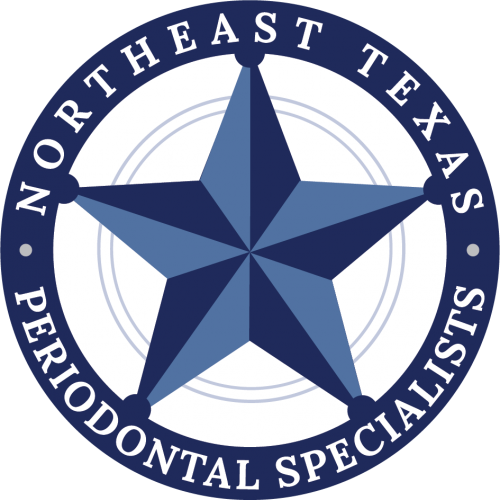Gingival recession is a common dental problem where the gum tissue surrounding the teeth recedes or pulls away, exposing the root surface of the tooth. This condition can cause sensitivity, aesthetic concerns, and can eventually lead to tooth loss if left untreated. To treat gingival recession, dentists often recommend gum grafting procedures.
There are two main types of gum grafting procedures used in dentistry: free gingival autograft and connective tissue graft. Both procedures involve taking gum tissue from one area of the mouth and transplanting it to the affected area, but there are differences in the way the tissue is harvested and transplanted.
Free Gingival Autograft Procedure
The free gingival autograft procedure involves removing a small piece of gum tissue directly from the roof of the mouth (palate) and transplanting it to the affected area. The procedure is performed under local anesthesia, and the donor site and the recipient site are both numbed for patient comfort. The dentist will then make a small incision in the gum tissue at the recipient site and place the donor tissue over the area, securing it in place with sutures.
This procedure is ideal for treating cases of gingival recession where the patient has thin gum tissue or when the dentist needs to increase the width of the gum tissue. The donor tissue from the roof of the mouth is thicker and more durable than the gum tissue in other areas of the mouth, so it provides better protection to the tooth root and helps prevent further recession.
Connective Tissue Graft Procedure
The connective tissue graft procedure involves taking a small piece of connective tissue from underneath the palate and transplanting it to the affected area. Unlike the free gingival autograft, this procedure also involves harvesting a thin layer of tissue from the roof of the mouth to cover the donor site and promote healing.
After the donor tissue is harvested, the dentist will make a small incision in the gum tissue at the recipient site and create a small pouch to place the donor tissue. The tissue is then secured in place with sutures, and the gum tissue is repositioned to cover the area.
This procedure is ideal for treating cases of gingival recession where the patient has thicker gum tissue or when the dentist needs to increase the volume of gum tissue. The connective tissue from underneath the palate is softer and more flexible than the gum tissue, making it easier to shape and mold around the tooth root.
Conclusion
In conclusion, both free gingival autograft and connective tissue graft procedures are effective in treating gingival recession. The choice of procedure will depend on the individual patient's needs, the severity of the recession, and the dentist's recommendation. The free gingival autograft procedure is better for increasing the width of gum tissue and protecting the tooth root, while the connective tissue graft procedure is better for increasing the volume of gum tissue and shaping it around the tooth root. Patients should consult with their dentist to determine which procedure is best for their specific case.

